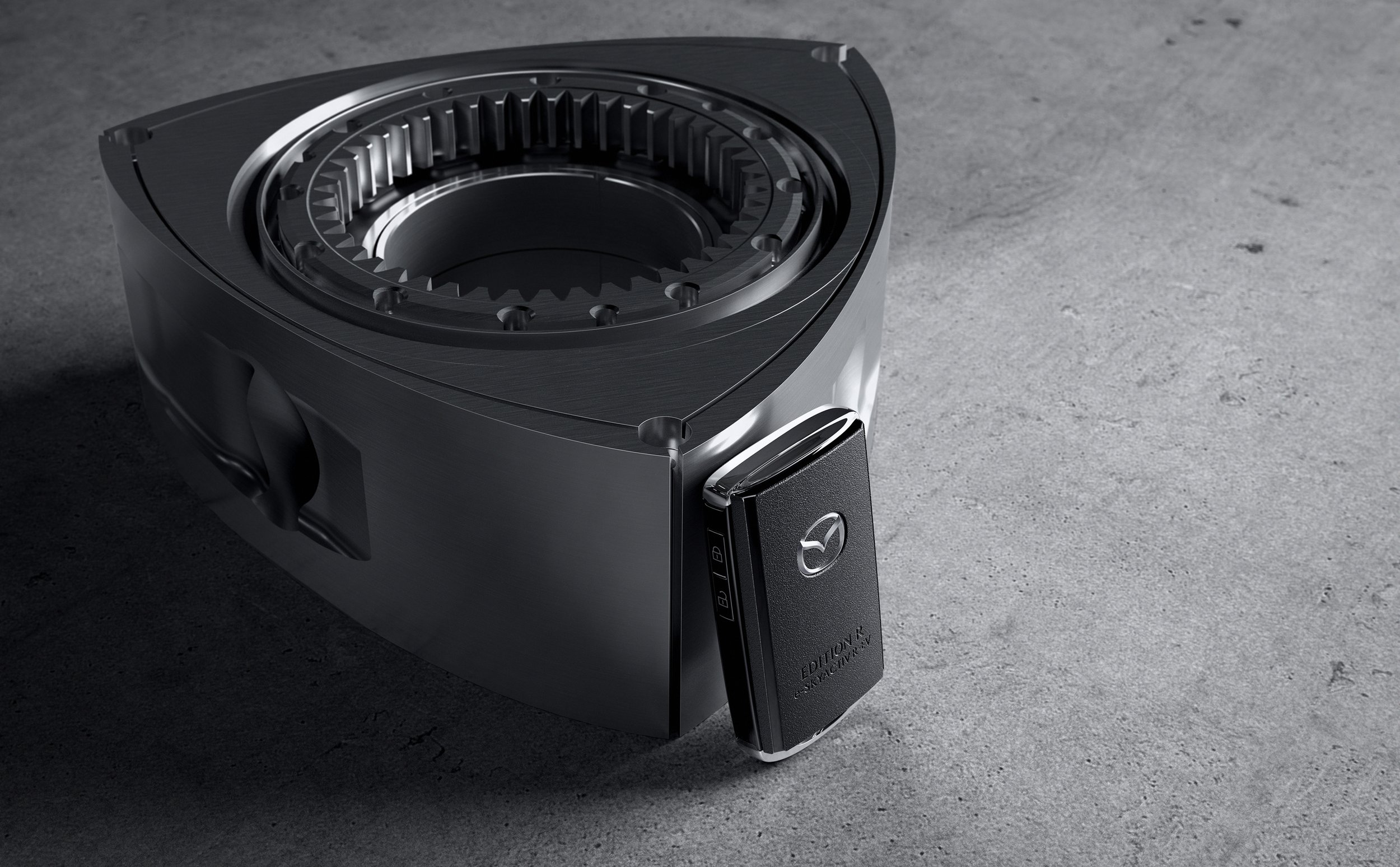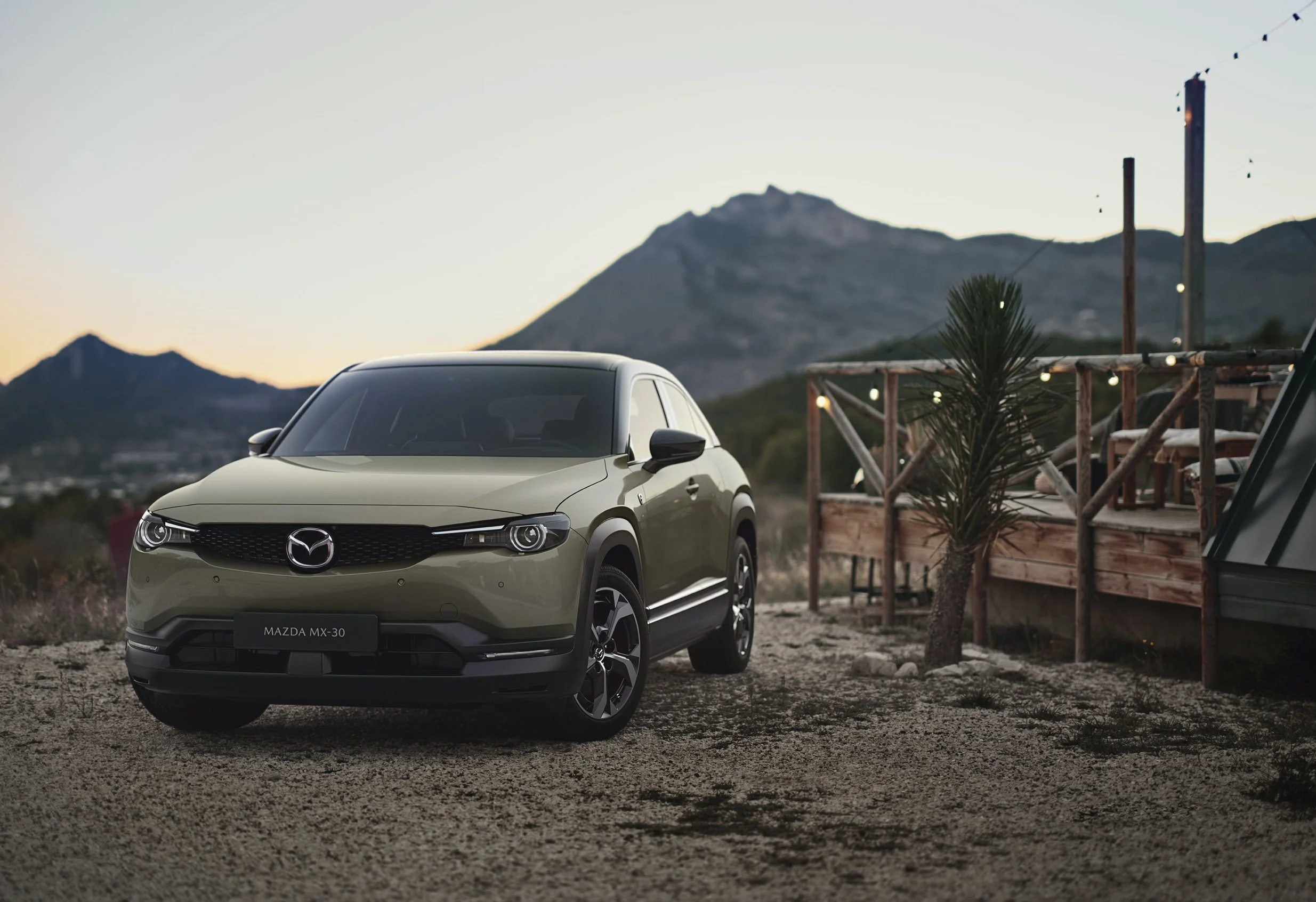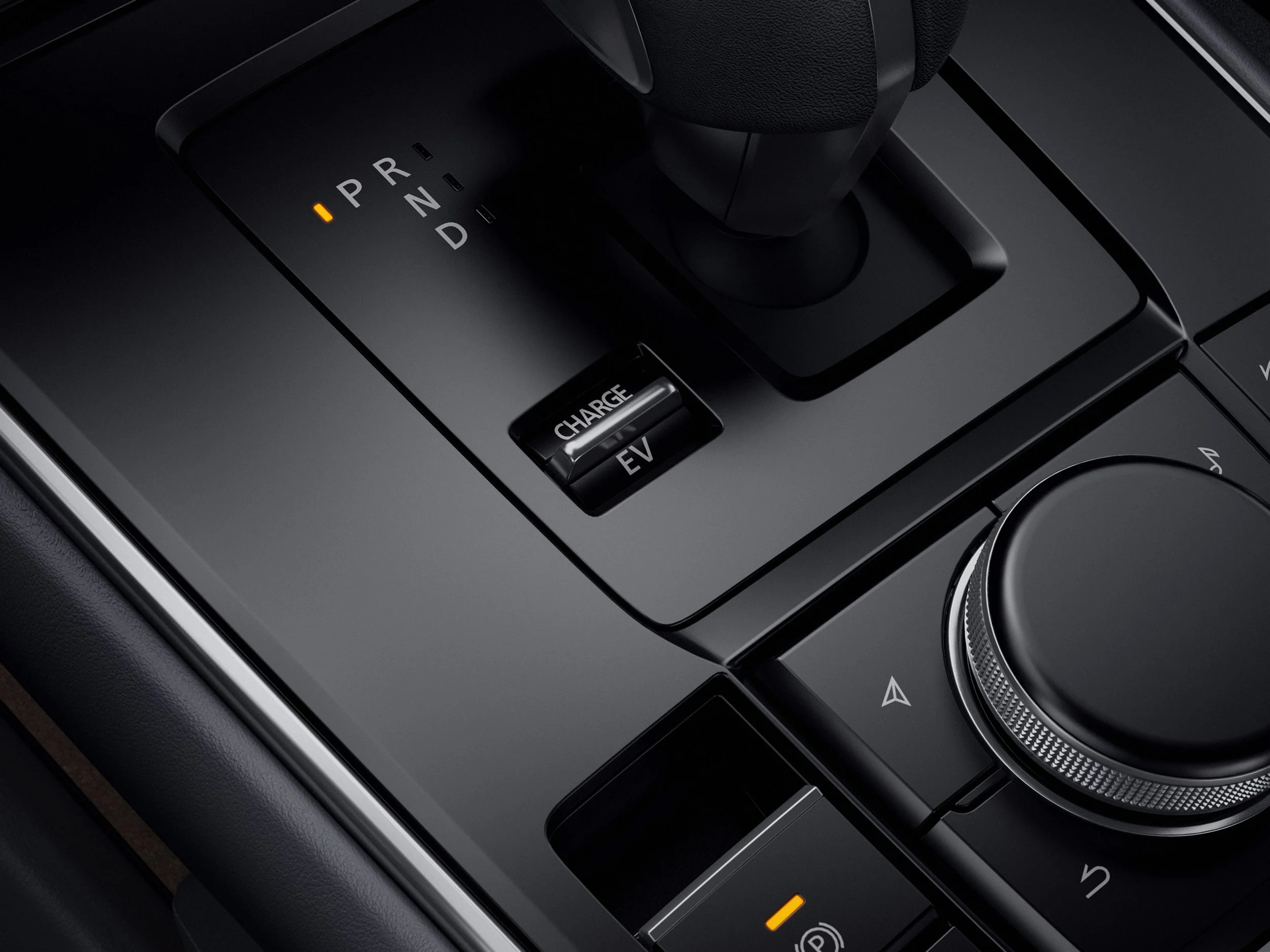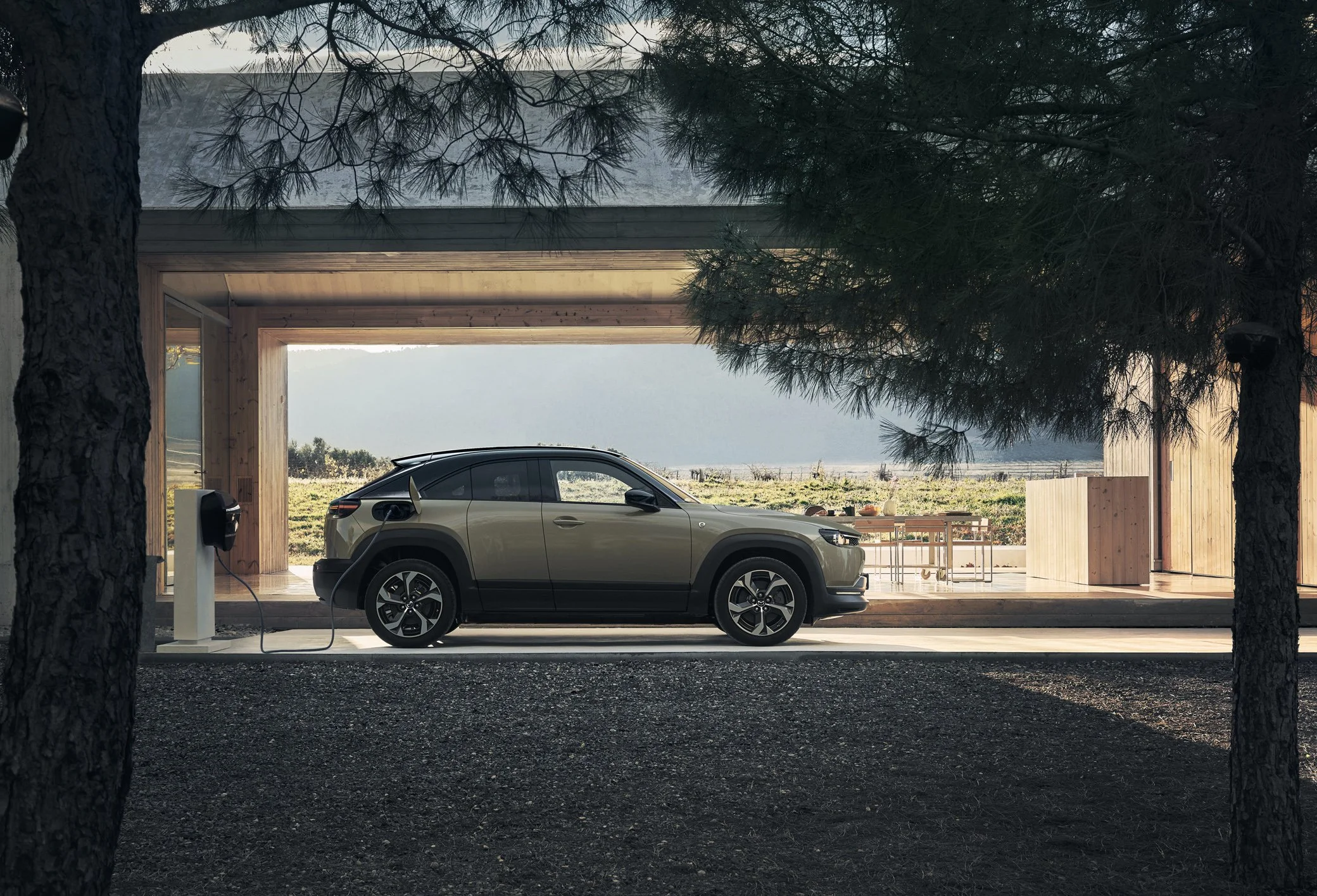Rotary's return almost triples electric’s range
/Does an old habit persist with the MX-30 plug-in hybrid?
TECHNICAL detail shared about the range extender edition of the Mazda MX-30 already confirmed for sale in New Zealand – potentially in a year from now, though the timing remains unconfirmed – immediately puts the spotlight on its efficiency.
The MX-30 R-EV, unveiled fully at a motor show in Belgium on Friday night, combines a rotary engine with a 17.8kWh battery. The full electric has a 35.5kWh (33kWh usable) unit.
On a full charge, the MX-30 R-EV's battery allows a range of up to 85km - compared to the all-electric MX-30's 200-220km.
When you need to go further than that, the teensy '8C' rotary acts as an electricity generator, keeping the battery topped up and keeping the car mobile. Mazda claims a combined range of more than 600km.
So, almost three times the range of the pure electric and even better, though not much, than the petrol 2.0-litre mild hybrid version also already selling here.
Mazda New Zealand last week confirmed to MotoringNZ.com that this third alternate will be sold here. It doesn’t know when but, conceivably, if our timing chimes with Australia’s, it’s 12 months away.
Mazda is now the world’s only car maker to keep making rotary engines for production models, but it gave up for a while – the last being the RX-8 sports car which ceased manufacture in 2012 after a 10-year production run. Like all other rotary Mazdas, it suffered a reputation for being thirsty.
Is that still the case with the R-EV? In this new installation the engine simply runs at constant speed - no revving ostensibly means no gulping.
Yet based on the claimed petrol and electric driving range figures so far shared, the rotary engine is consuming 9.7 litres per 100km: That’s the calculation based off it having a 50-litre tank. That consumption is somewhat above the claimed overall economy from the 2.0-litre mild-hybrid version of the MX-30. An overall average of 7.2L/100kms was achieved from the hybrid when tested by MotoringNZ last year.
The MX-30 R-EV's motor develops 125kW and 260Nm and is powered by a 17.8kWh battery pack. The rotary creates 55kW and 116Nm.By comparison, the mild hybrid has 114kW/200Nm and the full electric makes 107kW/271Nm.
The range extender’s engine brand-cited attributes are that it’s smooth, quiet, light and, above all else, dinky. This 830cc unit can fit in the engine bay, alongside the electric motor that actually drives the front wheels.
That it is ultra clean burning, with a CO2 output if just 21 grams per kilometre, the range extender edition has already attracted criticism from fans of pure electric cars. Because it burns petrol (though, in future Mazda says, it could convert it to accept sustainable fuels, even hydrogen).
But the MX-30 EV has also been pooh-poohed by the same crowd, because it has a modest range and costs more than other EVs that go a lot further on a charge.
Mazda has never shied from this issue. It openly admits to having eschewed fitting a bigger battery for longer electric range – it argues most EVs aren’t driven far on a daily basis, so having a large battery is a waste of resource. There are also the downsides of weight, slow charging time and the carbon-intensive nature of big battery production.
The MX-30 R-EV is meant to represent a better compromise. Mazda says the battery can charge in about an hour and a half from a home charging point, or in just 50 minutes if you're using a three-phase 11kW charger (such as a kerb-side ESB charger). It will fast charge too, at up to 36kWh, which takes around 25 minutes for a full charge.
MX-30 is being availed initially to Europe and the UK, kicking off as an Edition R model. This special edition features a Maroon Rouge Metallic finish (a remake of the roof colour of Mazda's first passenger vehicle, the Mazda R360 Coupe) as an exclusive exterior colour for the accent around the sides of the roof. The rest of the body and the interior are finished in black.
Edition R also includes unique design elements, such as a rotor-shaped emblem sewn into the floor mats and embossed on the seat headrests.
How much? In the UK, it costs the same as the full EV, a $75,000 car here.





















